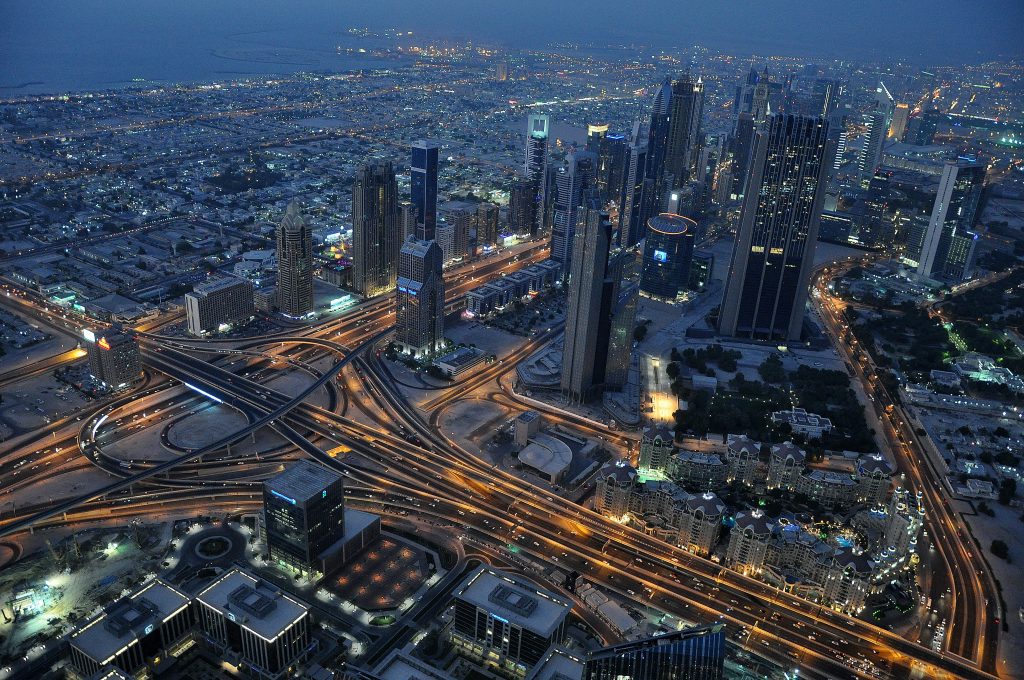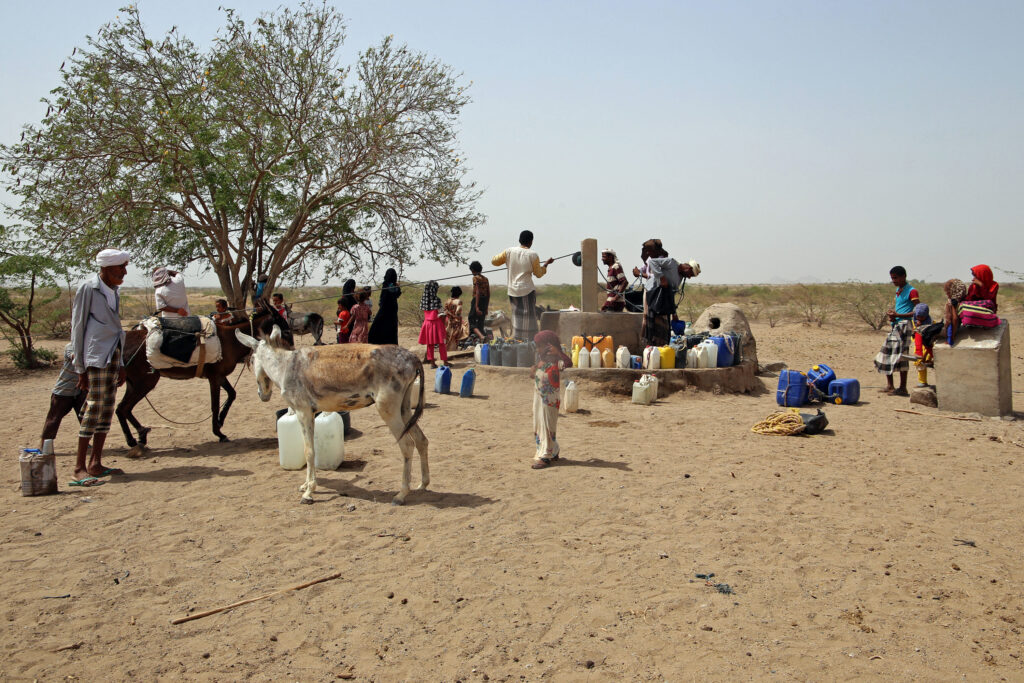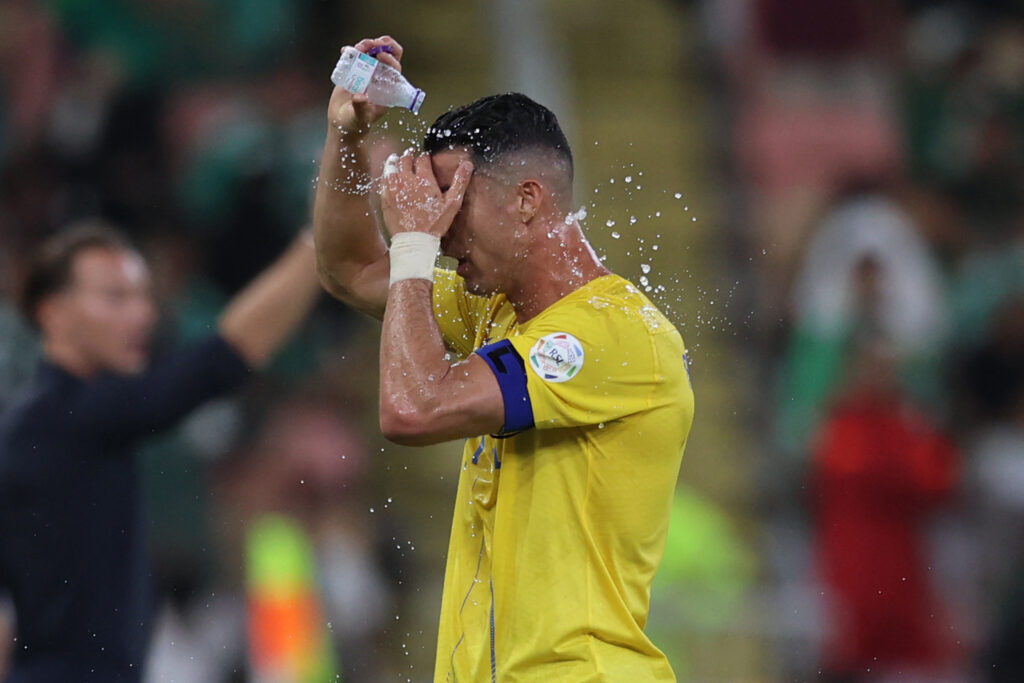Editor’s Introduction:
In less than 50 years since its independence in 1971, the United Arab Emirates has been transformed from barren deserts whose inhabitants depended on the fishing and pearling industries to futuristic metropolises with towering buildings and top-notch infrastructure. This transformation has served as a source of soft power, thrusting the UAE onto the global stage. In fact, the UAE’s multifarious concerted efforts to develop soft power resources have gone beyond the terrestrial realm in the form of a space mission to Mars launched in 2020, albeit with borrowed technology.
The transformation of the UAE is due largely to visionary leadership and the financial resources amassed from the discovery and exploitation of the world’s seventh-largest oil reserves. It has also been driven by the realisation that these reserves are not infinite, especially in the case of Dubai, and that there is a need to diversify the economy, focusing on the trade, shipping, tourism, construction and financial services sectors. Nevertheless, the liquidity derived from the sale of oil is still the most important element driving the UAE economy. But oil revenues have been severely hit in recent years. The shale revolution and decarbonisation efforts in several developed countries have rendered oil less relevant, and since 2014 oil prices have been lower than in previous years.
Fast forward to 2021, and the Covid-19 pandemic and severe lockdowns in economies around the world have hit the UAE economy as well. Given the Arab Spring experience a decade ago, the Gulf monarchies like the UAE would need to be able to continue dispensing largesse to their populations in order to remain in power. The UAE will have to rely on its ability to attract capital and people. The country will continue to develop new industries such as the space industry while maintaining traditional industries such as logistics, construction, air travel, finance and entertainment to remain the hub for the Middle East, East Africa and South Asia.
On the security front, the UAE has bucked regional trends in the past two decades. The Gulf monarchies have largely failed to build strong military forces, in part because of fears that such forces could overthrow them. They have always preferred external security guarantors, notably, the United States, and diplomacy to fend off external threats. The UAE, however, has developed its military into a highly capable force, winning praise from the major powers. Indeed, US General James Mattis nicknamed the UAE the “Little Sparta” for its military capabilities. The Emirati military has been engaged in conflicts in several theatres in the Middle East and Africa with a view not only to destroying Islamist groups there that could threaten the UAE regime but also securing its own influence in the region. To put the country’s capabilities into perspective, the UAE forces have more combat experience today than China’s forces, which last fought a war in 1979 against Vietnam.
Yet, the security situation in the UAE’s neighbourhood remains challenging, with Yemen, Iraq, Libya and Syria still mired in conflict. While the United States has redefined its policy towards the Middle East in the past few years, Iran and Turkey have become more assertive in the region. Meanwhile, the UAE and several other Middle Eastern states have begun to normalise relations with Israel, which could bring about geopolitical and economic changes.
**********
Against this backdrop, this issue of Insights seeks to throw light on how the UAE is responding and adapting to the new realities on various fronts. Tackling the UAE’s economy, Monica Malik and Thirumalai Nagesh note that the country was already experiencing severe stresses even before the pandemic. These were due to the collapse in oil prices, the consequent contraction in regional demand and increased regional competition in sectors such as transportation, logistics and finance. Apart from looking at the government’s support measures and stimulus packages in response to the pandemic, Malik and Nagesh examine its broad-based structural reform efforts since 2018 to diversify the economy, strengthen the investment climate and boost the country’s economic competitiveness. However, as they stress, these reform efforts can only gather momentum once some of the headwinds subside.
Technology and innovation are the key drivers of productivity and economic growth today, and, as noted by Malik and Nagesh, the UAE has been especially focused on encouraging knowledge-based growth, including the development of new technology-related sectors and industries. In this connection, Martin Hvidt looks at the structural barriers that have stood in the way of building a strong indigenous technological foundation in the UAE even as the country continues to welcome foreign investors, foreign technology and foreign technology workers. He notes that the education system has not prepared the younger generations to pursue careers in the natural or technical sciences, nor is the incentive structure in these fields sufficiently attractive, compared with that of the management track. However, the UAE government seems to be addressing these concerns, which is encouraging. As Hvidt points out, some of the country’s recent high-profile initiatives, such as its ambitious space programme, are intended in part to inspire young Emiratis to pursue careers in science and technology.
The transformation of the UAE in the last decades has been fuelled largely by the influx of foreign businessmen, professionals and labourers — an influx that has led to a huge demographic imbalance: 90% of the country’s inhabitants today are foreigners. Hadrien Dubucs analyses how the UAE has had to strike a difficult balance between preserving the privileges and identity of its citizens and protecting the rights of foreigners who live in the country and contribute to its economic development. The Covid-19 pandemic and its impact on the job market will no doubt accentuate this challenge.
Pursuing the question of the UAE’s identity, Matthew MacLean discusses how an Emirati identity developed and took shape in the young federation. He contends that the Emirati national identity derives not from pan-Arabism, a khaleeji (Gulfi) identity or tribalism but the common experience of massive modernisation that began in the 1960s and accelerated in the 1970s. MacLean stresses that Emirati identity is a contested notion, as is the question of identity in many other nations. Some Emiratis, he notes, challenge exclusivist, territorial-based notions of Emirati-ness while others reject both pan-Arabism and the rich cosmopolitan heritage of the traders and seasonal migrants from whom today’s Emirati nationals are descended.
Changes have also taken place on the foreign policy and security fronts. The perceived US disinclination for military involvement in the Middle East, the strategic challenge posed by Iran and the existential threat posed by Islamist forces domestically and regionally have propelled the development of an independent military capability in the UAE. David Roberts looks at how, under the leadership of Crown Prince Mohammed bin Zayed, the UAE military has grown to become a potent force in the Gulf region, where armed forces have traditionally been considered paper tigers. He highlights the ability of the UAE to conduct complex military operations overseas and its emergence as a new military force in the wider Middle East and North African region as well.
Jean-Loup Samaan goes further in discussing what he calls the UAE’s desire to develop “strategic autonomy”. He highlights the UAE’s efforts to develop new international partnerships even as it maintains its traditional proximity to Western powers. Starting with the forging of a political and military alliance with Saudi Arabia in December 2017, normalisation with Israel in August 2020, and active cooperation with China to develop UAE ports and allow them to be used as regional hubs for the shipment of Chinese goods, the UAE has undertaken “diplomatic diversification to achieve greater strategic autonomy”, Samaan notes.
Mattia Tomba
Adjunct Senior Research Fellow
Click HERE for the full PDF
Image Caption: Night view from Burj Khalifa skyscraper, Dubai.
Photo: Alex Block / Unsplash





